Test: Abbey 2500R
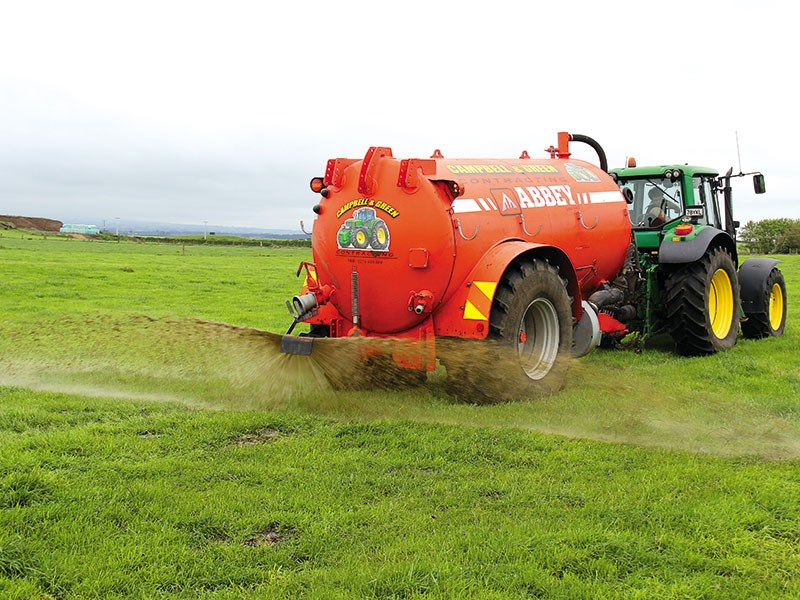 The inverted splash plate easily covers 12m in one pass.
The inverted splash plate easily covers 12m in one pass.

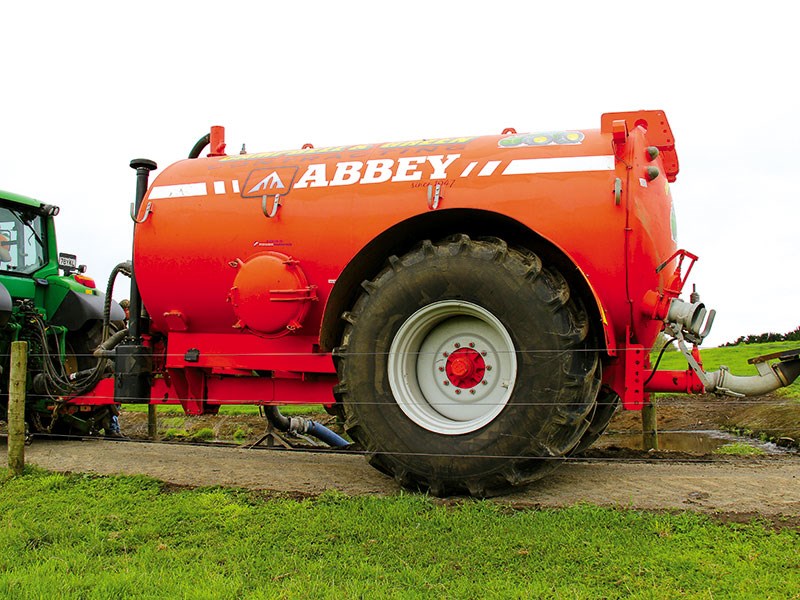 The large wheels make the machine easy to pull.
The large wheels make the machine easy to pull.

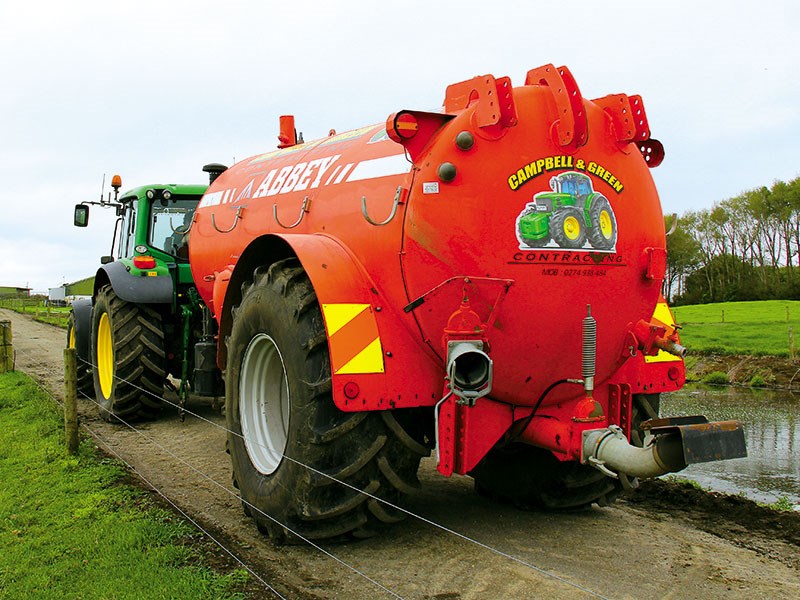 The tank is already pre-equipped if a rear attachment was to be added in the future.
The tank is already pre-equipped if a rear attachment was to be added in the future.


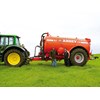
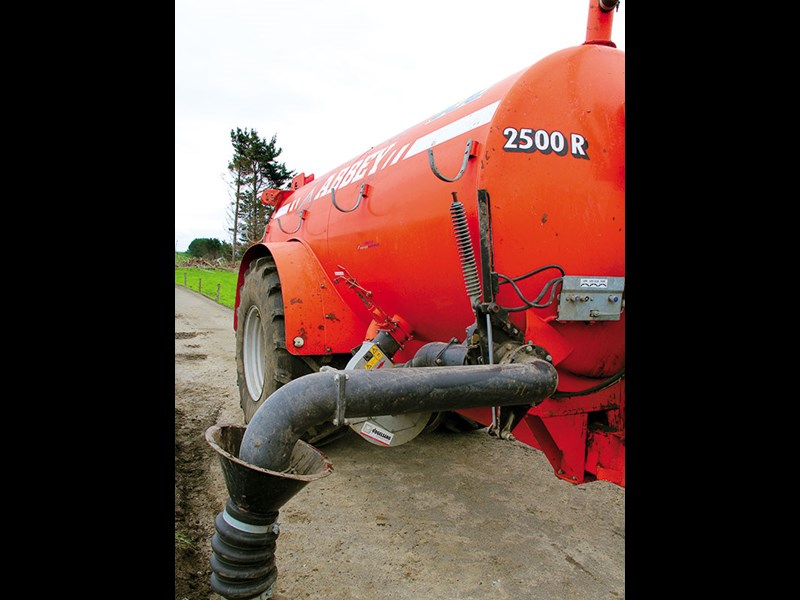


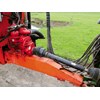
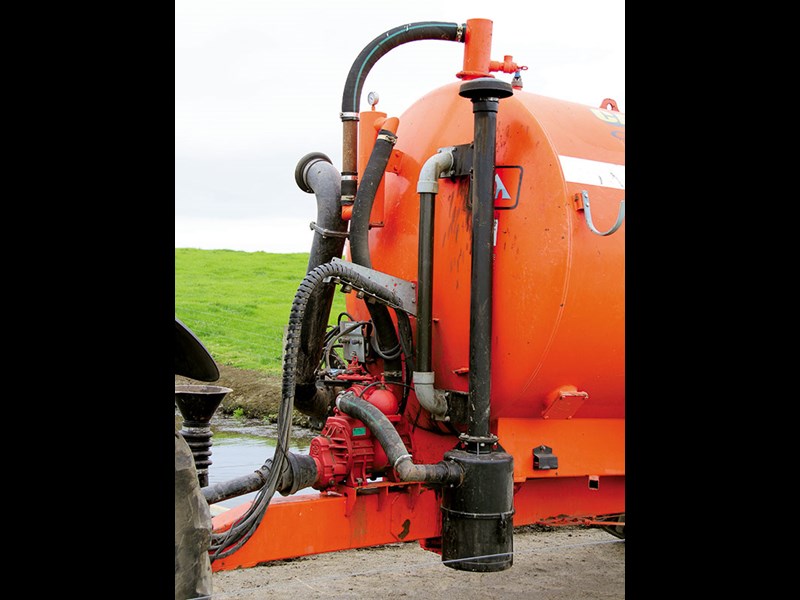



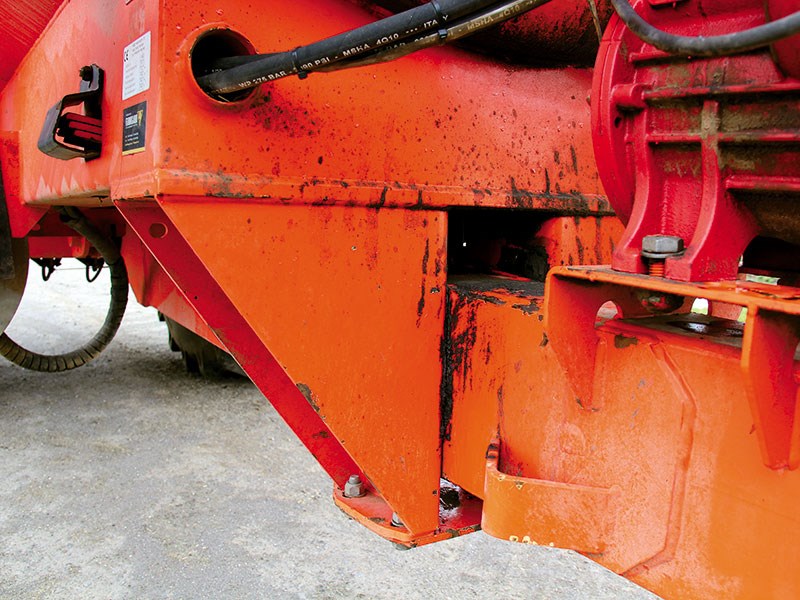 The leaf spring drawbar suspension helps eliminate bumps.
The leaf spring drawbar suspension helps eliminate bumps.

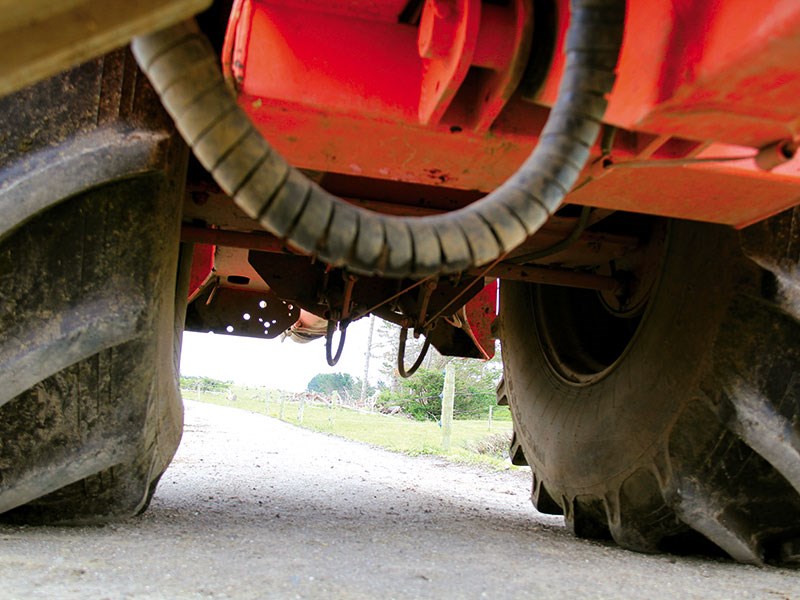 The large wheels offer great ground clearance yet low centre of gravity for stability.
The large wheels offer great ground clearance yet low centre of gravity for stability.


|
|
The inverted splash plate easily covers 12m in one pass.
|

|
|
The large wheels make the machine easy to pull.
|

|
|
The tank is already pre-equipped if a rear attachment was to be added in the future.
|

|

|

|

|

|

|
|
The leaf spring drawbar suspension helps eliminate bumps.
|

|
|
The large wheels offer great ground clearance yet low centre of gravity for stability.
|
As the unpredictable spring weather continues into summer, making silage has been more stop-start than usual. To deal with this, contractors need machines like the Abbey 2500R in their arsenal to spread the workload around the year.
This year it has been more crucial than ever to keep the boys busy, although Irish workers here for the harvest season will think this weather is pretty normal.
Abbey is one of Ireland's largest producers of agricultural equipment. Founded in 1947 by the Cavanagh family, the company still remains within the family. As times change, so does the need for modern manufacturing facilities and with 10,000m² of factory buildings where they produce slurry and manure handling equipment, toppers and diet feeders (to name a few), the Irish are not being left behind the pack.
The test
I met up with James Green, who owns and runs Campbell & Green Contracting in Hawera. The company provides farmers in South Taranaki with a wide-range of services; one of which is effluent spreading, with its Abbey 2500R slurry tanker.
The Abbey is in its second season in the fleet and has more than proved its worth. The recessed single-axle and compact design of the machine make it great for a variety of jobs from sucking out sink holes and blocked culvets to fully fledged one-million-litre slurry jobs.
The Abbey vacuum tanker line-up ranges in capacity from 4000 to 20,000 litres (although labelled in gallons) which can be fitted with a splash plate, trailing hose, trailing shoe, cereal applicator and injector. However, today I will just focus on the recessed axle range, which is where the 'R' in the 2500R test tanker fits into the line up.
Machine features
Recessed axle
Key features of the five-model recessed tanker range include the large 30.5R32 tyres. These provide three major benefits: The first is reduced ground compaction; secondly they are easy to tow yet keep weight on the rear of the tractor to aid traction; and thirdly, the machine's centre of gravity is kept low, which makes it very stable on hills.
The low centre of gravity is achieved using folded chassis construction, with the large axle integrated into the chassis. This considerably reduces the overall height while significantly increasing strength.
Pump
The full range of Abbey tankers are equipped with Battioni pumps. A wide-angle PTO shaft provides the drive. With an auto filling arm, the change-over happens from the single hydraulic port. For pump protection, pressure relief valves are standard on all pumps, with additional protection from Abbey's patented double trap system; which allows maximum pump protection while maintaining maximum filling capacity.
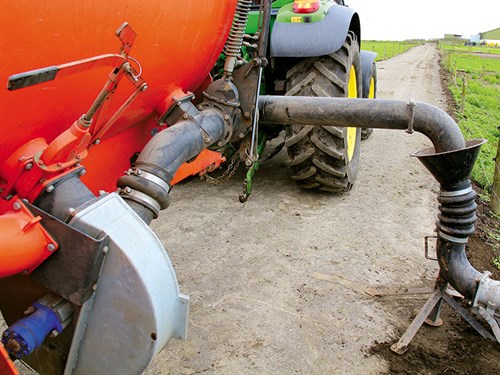
Drawbar suspension
Like most things in life, if you have had it in the past, doing without it is something you do not want to entertain. For tractor operators it's the 50km/hr road speed and front and cab suspension. Trailing implements are no different, and once you have had drawbar suspension, you won't want to go back. Most work with a single leaf spring. However the Abbey set-up uses three, which flex depending on the weight inside the tanker and levels out the bumps accordingly.
Auto fill system
This is very similar to the drawbar suspension option, as in once you have it you will never want to be without it. Green has gone one step further and opted for the turbo fill option as well. First the filling arm can be either side mounted or as a centre-mounted articulated arm.
The six-inch turbo filler on Green's tank means it fills in three minutes or less (depending on the slurry thickness). It is also available in the eight-inch version. Either way you look at it, it will cut filling times by up to a third.
The filling pod is well thought out in the fact it allows both pitch and height adjustment to accommodate the wide variety of pond sizes. Unfortunately on the flipside it doesn't fit on the tanker for transport in a way that is road legal, so must be carried around separately which to be honest, is a bit of a faff.
Discharge
The second major selling point of the Abbey tanker for Green was the 'low trajectory splash plate', which essentially means it is upside-down. I also was impressed at the spread width, given how low the effluent was discharged from the tanker. There are multiple benefits for this, the first being that the wind doesn't affect the spray and get the tanker and tractor covered in effluent, as well as significantly reducing the smell.
Additionally (and I can't quantify this in terms of scientific evidence), but surely the amount of nitrogen lost from this type of system is lower than a standard splash plate. Standard splash plate losses are said to be between 40-80 percent of the nitrogen content (depending on conditions and slurry concentrate) lost into the atmosphere, compared to 20 percent with a dribble bar, given this is directed towards the ground.
Collared dished ends
The Collared dish ends on the Abbey tankers are purely for added strength. The ends are pressed into the main tank cylinder with a 45mm collar overlap, which along with internal baffle plates, both anti implosion and explosion valves make the thing pretty much bullet-proof.
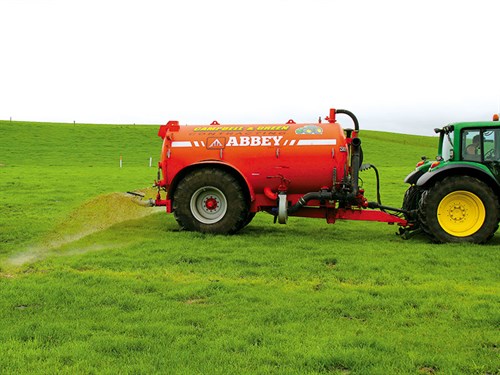
The verdict
Overall, a very well built tanker with some excellent design features. The strong recessed tank and large wheels make the tanker both manoeuvrable and easy to pull in wet and steep conditions.
The rear inverted splash plate, I would suspect, is the best discharge option, without having to add additional weight and cost in either a dribble bar or direct injection rear implement, to reduce nitrogen losses.
The paint was a little disappointing given the age of the tanker. However it isn't made to sit around and look pretty and could have something to do with the amount of work Green is doing with the machine, because for his business it ticks all the boxes.
Pros
- Recessed axle
- Turbo filler means filling takes just three minutes
- High level of build quality
- Inverted splash plate
- Large wheels make the machine easy to pull and manoeuvrable
- Rear-mounting points in case a rear implement needs to be added in the future
- Double trap pump protection
- Drawbar suspension
- Adjustable filling pod
Cons
- Paint finish was starting to come off in places
- Filling pod holder on the tanker could be improved
For the latest farm machinery reviews, subscribe to Farm Trader magazine here.
Keep up to date in the industry by signing up to Farm Trader's free newsletter or liking us on Facebook






.jpg)
.jpg)





